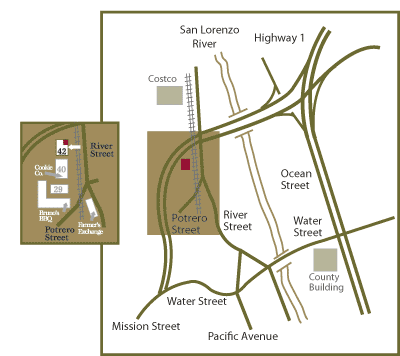Category Archives: Acupuncture & Wellness Blog
Differentiating injury from delayed onset muscle soreness (DOMS)
Pain from injury
Delayed Onset Muscle Soreness
When evaluating response to exercise or physical activity, it is important for both patients and health-care providers to be able to differentiate pathologic pain from injury, vs. normal post-exercise delayed-onset muscle soreness (DOMS). Mistaking one for the other can lead us to forge ahead in a harmful activity, or more commonly, to hang back from, under-do, or quit an otherwise beneficial exercise. Here are some tips to help differentiate pain from an injury, vs. DOMS
Recognizing pain from an injury:
Pain from injury is generally sharp and well-defined in location (although the locale may be large or variable), and generally occurs abruptly during, or within hours after the injurious activity. Left untreated, pain from injury tends to stay the same or get worse on its own, and is promptly worsened by re-using the injured area.
- Pain from tendonitis or tendon strains is felt consistently upon using the muscle that the tendon attaches to, and gets worse the more the muscle/tendon unit is used. If someone else moves your limb through the same motion (using their muscles instead of yours), no pain will typically be triggered in the muscle/tendon unit.
- Pain from joint sprains may be felt sharply and suddenly when moving the joint in a specific direction, whether you are peforming the motion yourself, or someone else (or gravity) is moving the limb for you. Unstable joints demonstrate unstable, irregular or inconsistent pain.
- Pain from nerve injuries feels burning, electrical, numb, tingling, and/or shock-like, and if severe may be accompanied by weakness and/or loss of motor or sensory function in a limb or area. Nerve pain typically comes and goes slowly and is typically constant when severe.
- Pain from fractures is usually easily recognized by it sudden onset during a trauma, and its deep, sharp and severe qualities accompanied by obvious bony deformity and loss of function (but I have seen several patients walk into my clinic on ankles that subsequent x-rays showed to be fractured).
A licensed health care professional should be consulted if there is suspicion of pain from injury.
Recognizing normal post-exercise Delayed Onset Muscle Soreness:
Delayed-onset muscle soreness (DOMS) is a normal physiologic response to exercise or activity that mildly exceeds our current level of training. DOMS is generally harmless (if temporarily uncomfortable), and can be taken as an indicator that an exercise or sports conditioning has successfully challenged muscles sufficiently to stimulate muscle strengthening. In order to build tissue strength and resiliance, we must push beyond our current comfort zone, which causes micro-tears in muscle fiber, which then triggers muscle repair and tissue building processes (hypertrophy).
As its name suggests, a key to recognizing DOMS is that it comes on typically 1-2 days after the activity. Other ways to differentiate DOMS from pain from an injury include that DOMS is mild to moderate, and generally dull and diffuse, affecting the entirety of the muscles involved in the challenging activity, without localization to any particular tendon, joint, or muscle trigger point. DOMS generally feels like sore, tight, achy and tired muscles, and may be felt more acutely when using the affected muscle, but is not affected by someone else moving the body area. DOMS never involves nerves or bones and does not feel numb, electrical, sharp, or tingly.
DOMS generally does not require medical diagnosis or treatment, and fades on its own over several days. Light exercise using the same muscle groups or performing the same activity will generally alleviate DOMS by bringing in oxygenated, nutrient-rich blood and moving metabolic waste products out of the affected areas. Tart cherry juice has been shown to alleviate DOMS more effectively than NSAID medications, and without side-effects.

